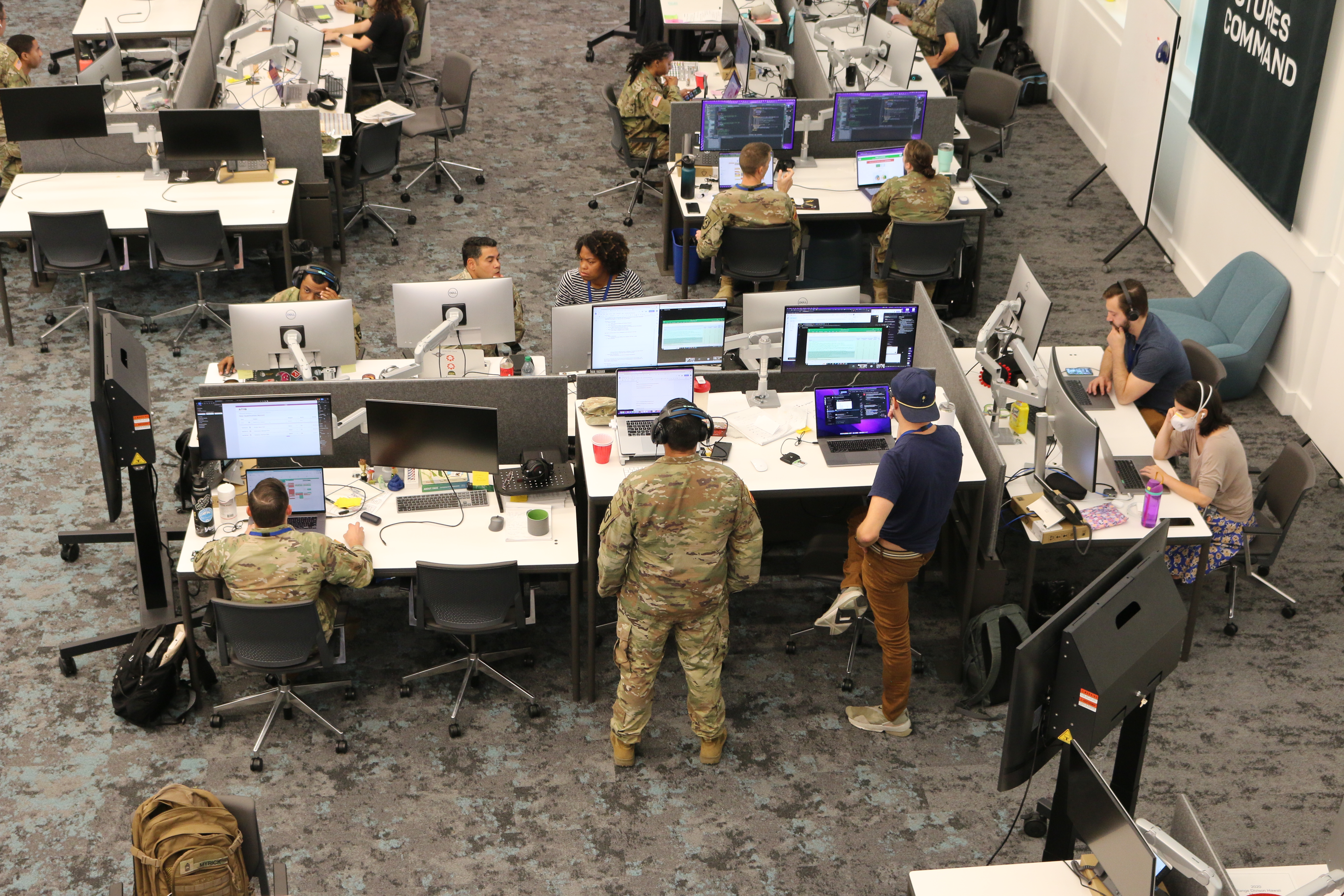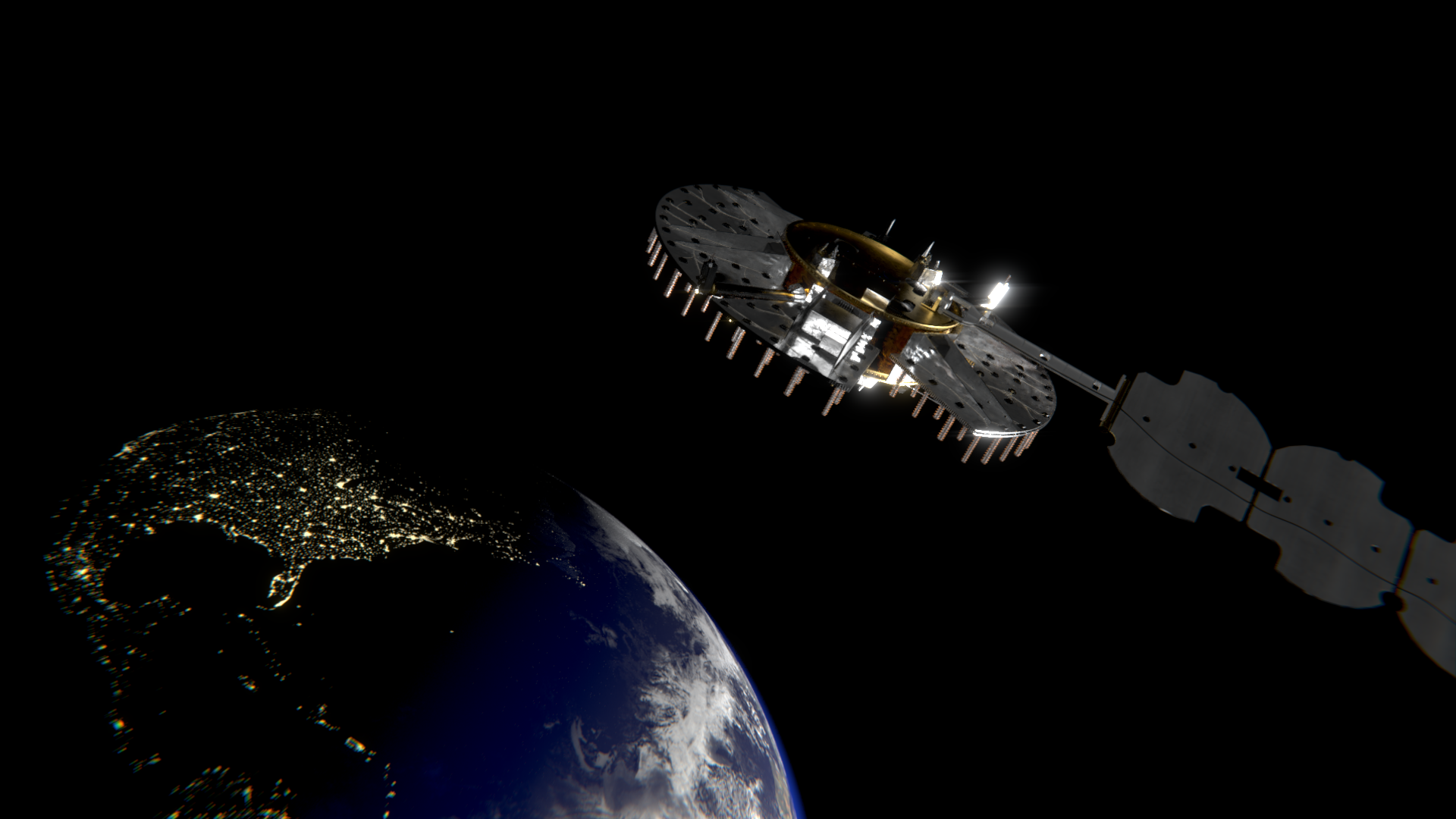
Around the world, martial artists find themselves studying one art or another for a multitude of reasons. Today, we are talking with American Kenpo Master Bryan Hawkins. He is the head instructor and owner of what was one of Grandmaster Ed Parker’s most well-known American Kenpo locations, the West LA school.
IL Thanks for joining us. Can you tell us a little about yourself?
BH Well, I’ve been training in the martial arts for nearly 50 years, own three karate schools here in the Los Angeles area, and have affiliates across the country and abroad. I began my Kenpo training in LA in 1980 at the Ed Parker karate school. In 1987, Mr. Parker himself asked if I would take over the operations of the West Los Angeles school and become the chief instructor.
IL How did your martial arts journey begin?
BH I started martial arts in the mid-70’s in Modesto CA. I had been doing a lot of wresting and dabbled in boxing. So, when I was 14 riding my bike to boxing class, I would always pass a Shotokan karate school. And one day, instead of continuing to boxing, I went into the karate school to check it out. I never looked back.
After training in Shotokan for a couple of years, that particular dojo closed, so I started training in a dojo across town. It was a blend of Kung Fu and Kenpo, but it was really heavier on the Kung Fu aspect. After a while, when I was 19, I decided to move to Los Angeles, and my instructor at my school highly recommended that when I get to LA that I find an Ed Parker American Kenpo school because that was the best martial arts school around.
IL So, how did you find your first American Kenpo school and was it what you expected when you saw it in person?
BH After being in LA for a bit and securing a job and place to live I happened to drive by the Ed Parker West LA Karate school and walked in. When I first walked in the door, I immediately noticed they were doing something very different. Something I needed to learn. I saw two guys sparring, guys fighting with weapons, guys working on forms even a couple of guys doing a little grappling both stand-up manipulations and on-the-ground wrestling/grappling. Something more was happening here than in any school I was in before. What I immediately realized was that Kenpo appeared to be much more comprehensive in its approach to self-defense than my previous arts.
One thing that really stood out was that they were practicing against more than one attacker. And not only that, but they were perfecting techniques against attackers with various weapons like guns, knives, and clubs. They were even doing spontaneous attack drills.
I decided to enroll on the spot, but what kept being reinforced was the uniqueness. When guys would come from all sorts of other disciplines, they also noted the differences in training techniques, tools, and philosophy. It wasn’t just the physical training that was different, though more hands-on or physical than other schools, it was the attention to the mental aspects of the art that set it apart. There was a great deal of emphasis placed on preparing mentally for possible altercations. The dojo didn’t emphasize sport karate because Ed Parker felt that created the wrong mindset for street self-defense. The training mindset was always to prepare for the worst, i.e., a surprise attack by multiple armed attackers or assailants.
IL You’ve mentioned Kenpo being unique a couple times. Can you expand upon that?
BH Most systems in Martial Arts deal with only certain stages of range, certain weapons, and often only certain targets. So therefore, they are not comprehensive by definition. Ed Parker saw that deficiency and created a system that dealt with all the possible weapons we can form with our body attacking all possible targets on an assailant’s body through a method of efficient and effective delivery. By that, I mean to say, if the attacker is slightly out of range, we are taught to use man made weapons to reach them, i.e., a club, nunchaku, etc. If they are within range, then we use our natural weapons such as the fists, knees, elbows. If we get close enough to where our opponent is grabbing onto us, we need to know how to throw and trip our assailant to the ground. Once on the ground, we need to have the skills to kill or submit the attacker at that stage as well. And we need to be able to do all these things while being aware of our environment, which is the number one rule in American Kenpo, Environmental Awareness.
IL Can you elaborate on the concept of Environmental Awareness?
BH Sure. The military uses a concept of Situational Awareness, which basically is being acutely aware of everything going on around you. Ed Parker’s definition of environment is everything that is in you, on you and around you.
For example, if you’re ill or injured you know you can’t defend yourself to the same degree as if you are healthy. That’s what’s in you. You have to know that.
For things that are on you, sports equipment, clothing items, are your clothes restrictive or can they be used as a weapon?
For around you, its other people, the flooring, furniture etc.
Ed Parker would frequently use a belt or tie as an example. They can be an advantage when used against an assailant, or they could be your downfall. Keep in mind that these items may be on you or someone else. You must be aware.
IL That’s some great insight. We must go for now but thank you for your time.
BH Thanks for having me I look forward to continuing our discussion.
Be sure to check back as we talk with Master Hawkins more about his journey and history with the West Los Angeles Kenpo Karate school.
Salute,
Ian Lauer
2nd Degree Black Belt American Kenpo
1st Degree Black Belt Tae Kwon Do
1st Degree Black Belt Coszacks Karate
American kenpo, Kenpo, Interview
Black Belt Magazine
[crypto-donation-box]







